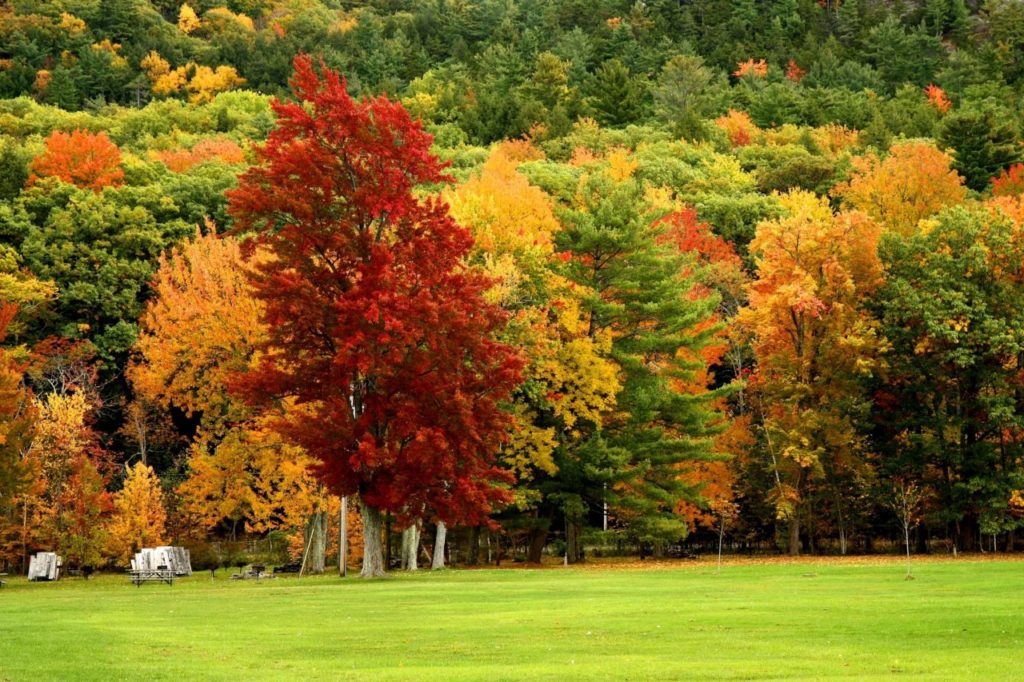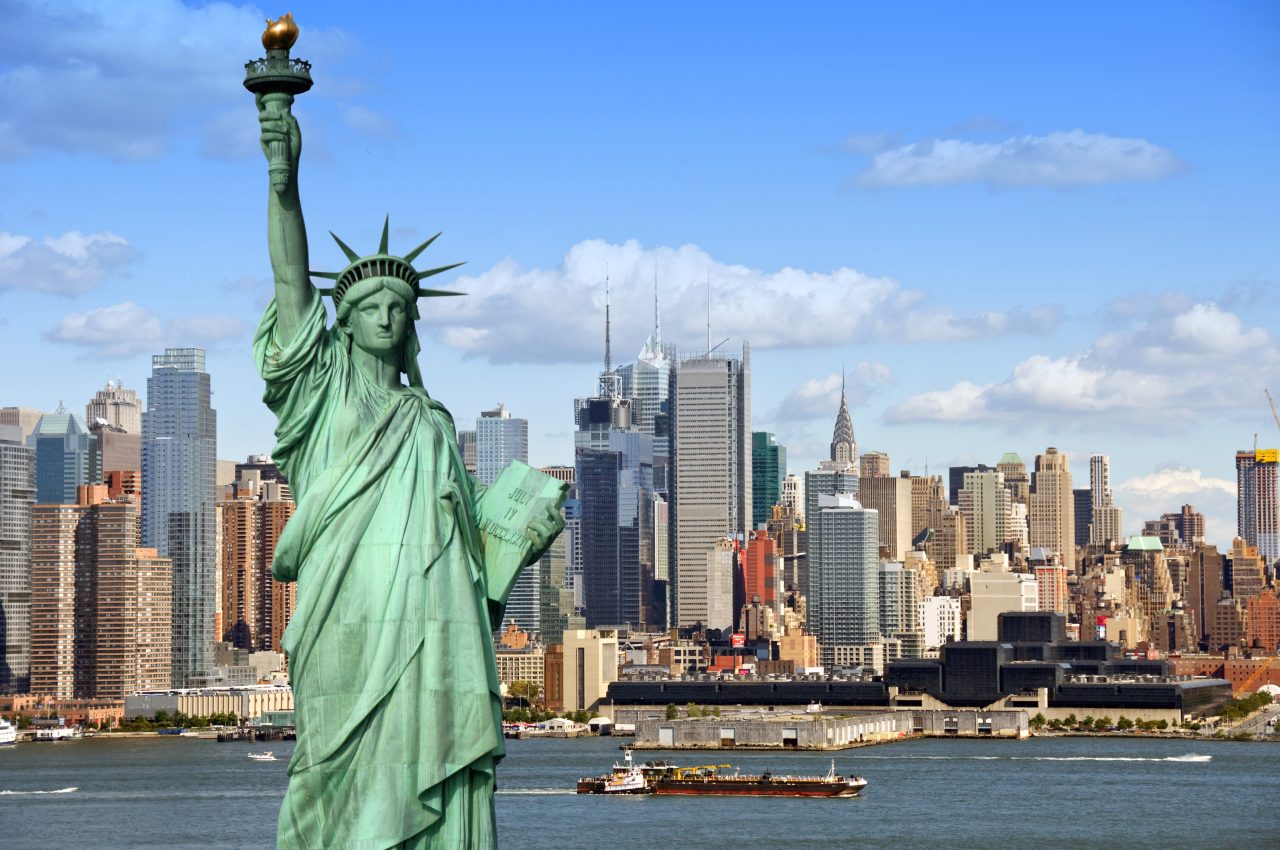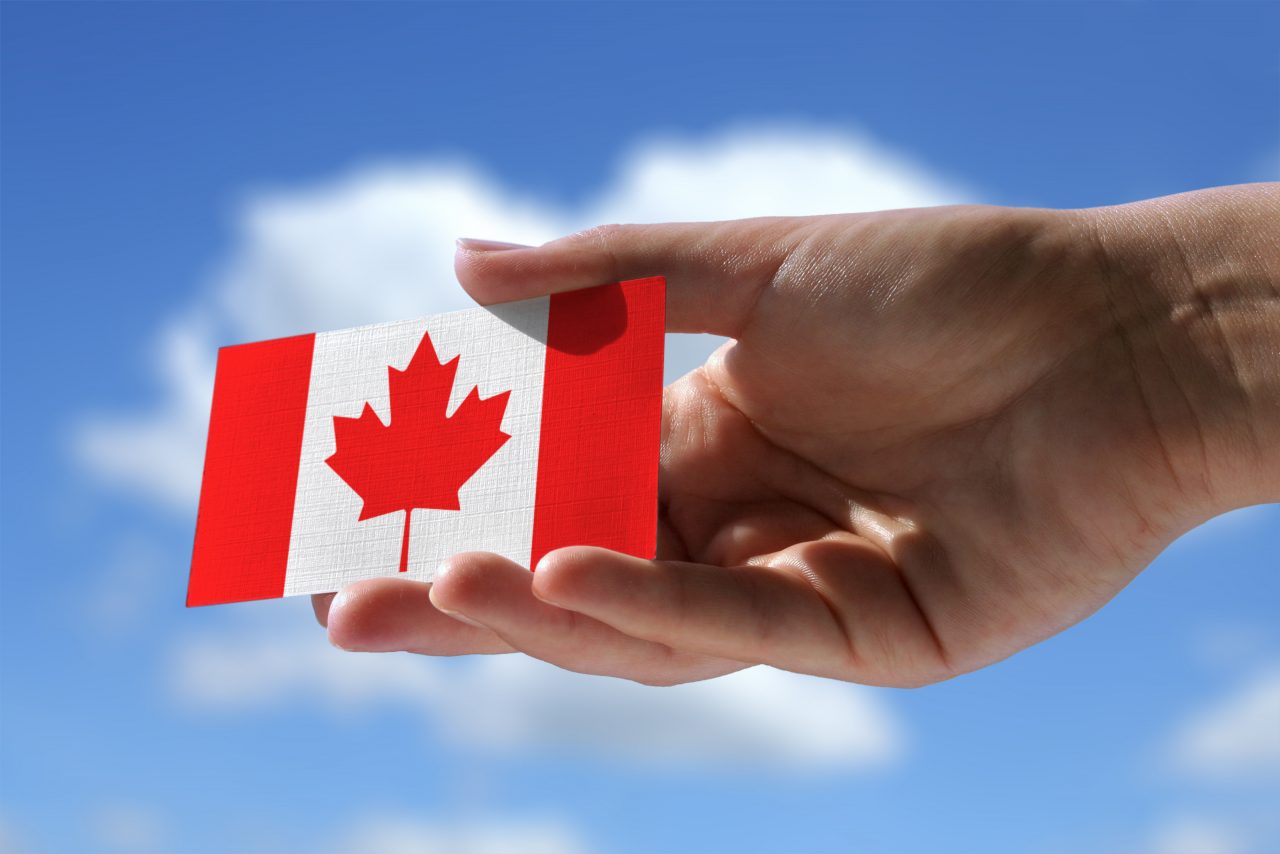Join GlobalBizzNetwork and start your international business network today.
The Northeast

The northeastern region of the United States comprises 5 percent of the United States land mass but houses 20 percent of the population. Even within this relatively small, densely population area, agriculture, forestry and fisheries are important economic components at the household, state and regional levels
The Northeast region has lots of forests, and logging is an important industry there. Trees are cut downto make houses, paper, furniture, and fuel. Vermont is known throughout the world for its delicious maple syrup
produced from the sap of the sugar maple tree.
Some of the resources of the Northeast come from underground, like granite, marble, and coal. Granite and marble are used to make buildings. Vermont has the largest granite quarries in the country.
The Northeast region has many rivers and waterfalls. This was very important in the growth of the region because the power produced by the running water made it possible for people to build mills, or factories. By
using water driven power, people could run machines and make things much faster than people could at home by hand. Today, factories use other sources of power instead of waterpower, but the Northeast region continues to be an important manufacturing center in the United States. Iron, glass, steel, and many chemicals such as shampoos, paints, and medicines are manufactured in the Northeast.
The soil in parts of the Northeast region is rocky and the growing season is short, but some fruits and vegetables are grown in the Northeast. Farmers grow blueberries and potatoes. Other farms produce chickens, milk from dairy cows, and flowers. Cranberries are grown in sandy marshes
in the Northeast region. Massachusetts is called the Cranberry Capital of America because it produces nearly two million barrels of cranberries a year. Maple syrup is made from the sap from the sugar maple tree.
Cranberries grow in damp bogs and swampy areas.
The Atlantic Ocean is an important resource for fish, lobster, and shellfish. Once these shellfish are caught, they are shipped to food stores and restaurants all over the country. Fish farming is called aquaculture. Fish are raised on farms and are sold for the purpose of eating. This helps protect the populations of fish that are born in a natural environment.



